Dive into the Power & Passion of ‘Tenor Madness
In the vast panorama of jazz, Sonny Rollins’ “Tenor…
Jazz, a genre fluid in its motion, rich in its melody, and intricate in its rhythms, has always fascinated me. Through its storied history, it has given birth to countless virtuosos. Among these, three stand out for me – Horace Parlan, George Tucker, and Al Harewood. Each, an artisan of his craft, their collaboration produced an enduring resonance in the world of jazz.
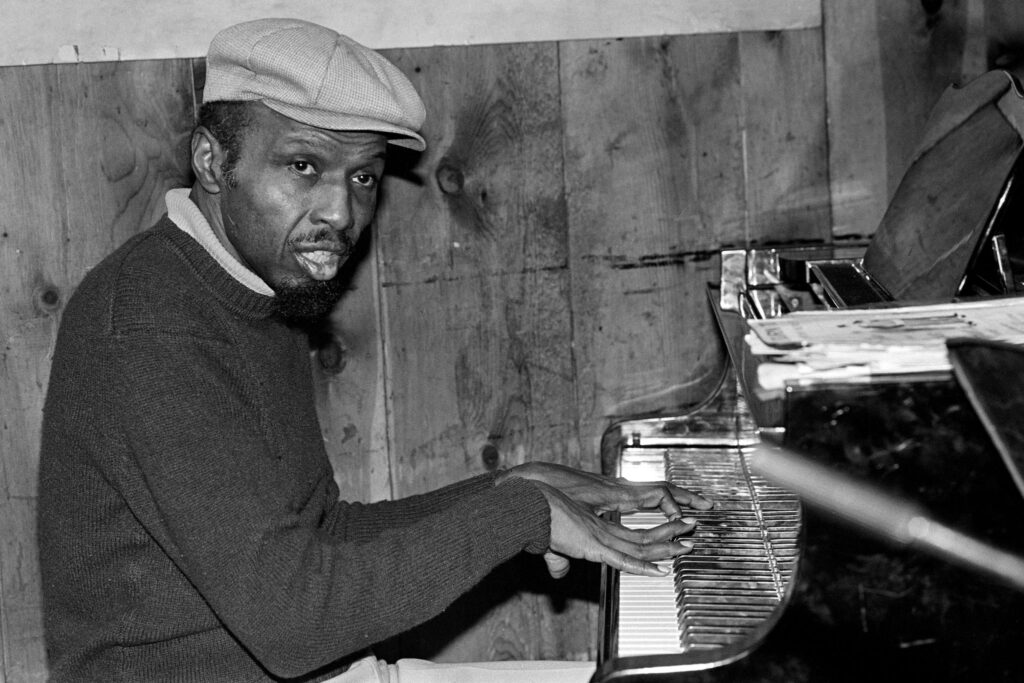
Born in Pittsburgh, 1931, Horace Parlan faced an early challenge. Polio limited the use of his right hand, yet his spirit remained undeterred. His dedication birthed a powerful left-hand chordal style, making him a beacon of inspiration. Bud Powell and Thelonious Monk served as early influences, shaping his unique approach to the piano. By the mid-1950s, Parlan was recording with the likes of Charles Mingus. His debut album, “Movin’ & Groovin’,” was an assertion of his talent. It showcased his style, a testimony of his resilience.
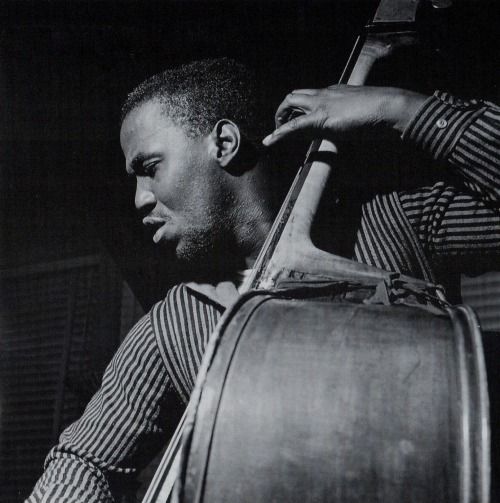
George Tucker, another key figure in this trio, hailed from Palatka, Florida. Born in 1927, he began playing the bass in his teenage years. The vibrant local music scene, teeming with blues and early jazz, influenced his decision. By the late 1940s, he was sharing the stage with jazz elites. Tucker was a master double-bassist, his playing providing a steady foundation in any setting. Though he didn’t lead an album, his contributions enriched many recordings.
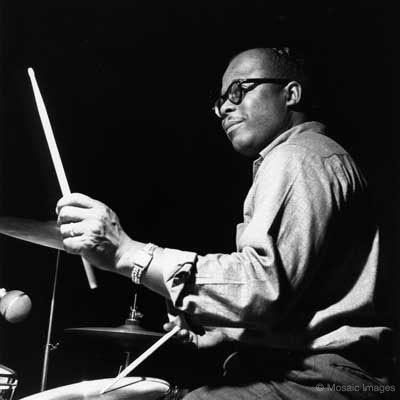
Al Harewood, born 1923, Brooklyn, New York, added the rhythmic pulse to this trio. His early immersion in the lively New York music scene sparked his interest in drumming. By the late 1940s, Harewood was a professional, his impeccable timing and subtle style adding a unique flavor to the jazz landscape. His work shines particularly in the classic Horace Parlan trio albums.
When these three individual forces converged, something remarkable happened. Their first collaboration, “Movin’ & Groovin’,” set the stage. Parlan’s unique style, supported by Tucker’s steady bass and Harewood’s nuanced drumming, created a memorable debut. It was a testament to their musical synergy, each note pulsating with energy and emotion.
“Us Three,” their next album, was a triumphant encore. Parlan’s original compositions and interpretations of standards took center stage. The rhythmic foundation laid by Tucker and Harewood was steadfast. The album emerged as one of Parlan’s finest works, a masterclass in harmonious collaboration.
“Speakin’ My Piece” added a new dimension. The addition of tenor saxophonist Booker Ervin and trumpeter Tommy Turrentine enriched their sound. Each track was a symphony of synchronized beats, bass, and keys, making it another standout in their discography.
The release of “Headin’ South” introduced a subtle shift in their rhythm. Ray Barretto on conga added a Latin tinge to the trio’s sound. It was a testament to their versatility, effortlessly incorporating new elements into their established style.
“On the Spur of the Moment” was their final collaboration. The unique sound of baritone saxophonist Stanley Turrentine blended seamlessly with the trio’s style. The result was a rich tapestry of sound, where each note was a story.
The collaboration of Parlan, Tucker, and Harewood left a lasting impact on the jazz scene. Their individual styles, so different yet so harmonious, created an unmatched musical synergy. They played off each other’s strengths, creating a sound that was distinctly their own.
These artists have left a legacy that continues to inspire. Parlan’s unique piano style, Tucker’s solid bass foundation, and Harewood’s rhythmic precision have influenced generations of musicians. Their stylistic innovations continue to resonate, a testament to their enduring impact.
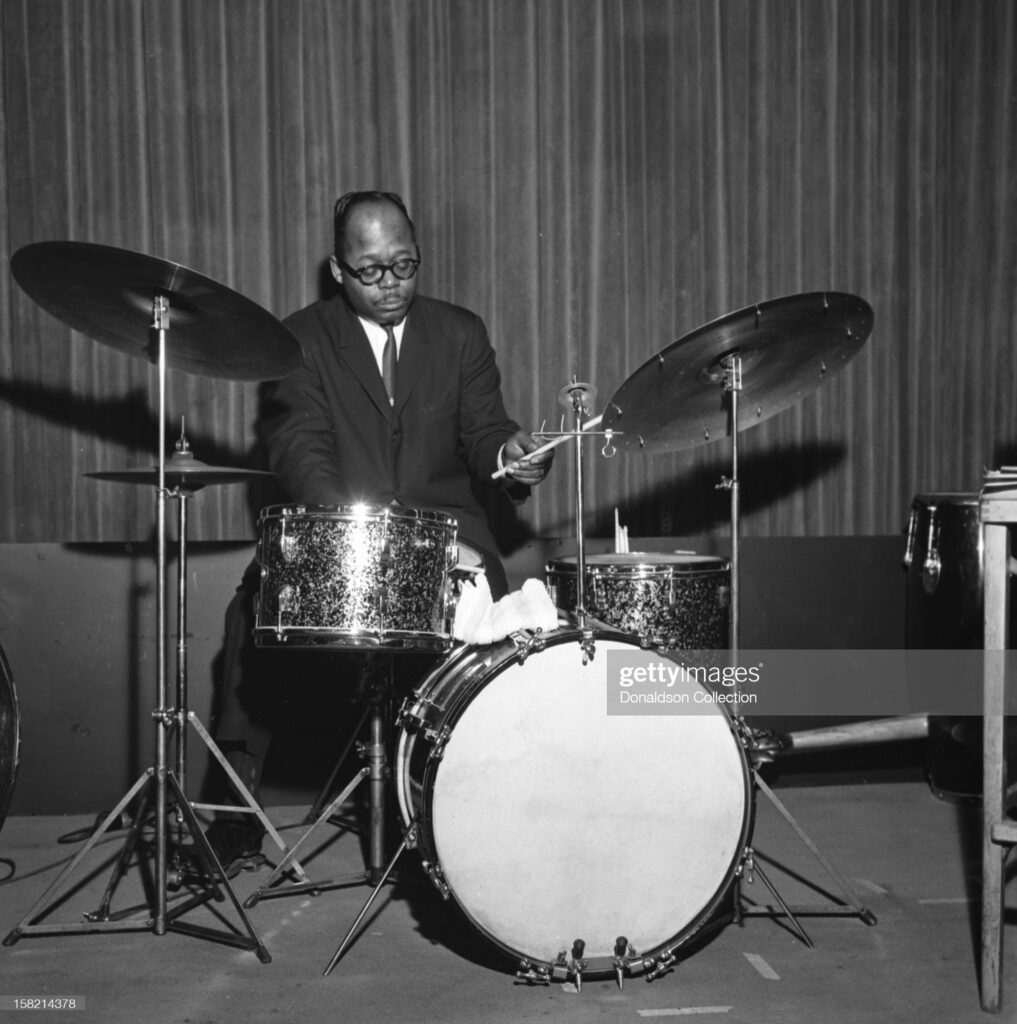
Their music serves as a guide, an invitation to explore the depth and diversity of jazz. Parlan’s resilience in the face of adversity, Tucker’s steady bass despite being largely behind the scenes, and Harewood’s impeccable timing despite the transient nature of drummers in jazz bands, demonstrate their commitment to their craft.
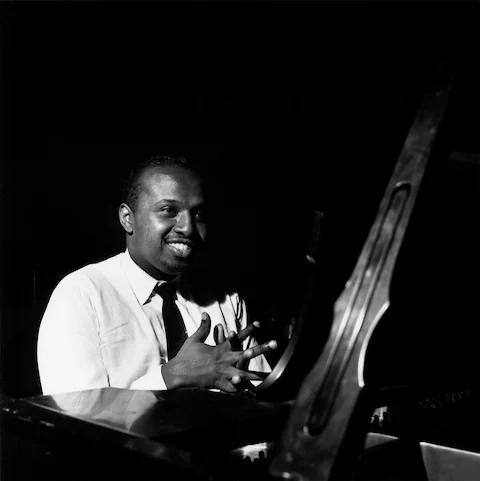
Indeed, the music of Parlan, Tucker, and Harewood is like a river. It flows with a vitality that captivates, a dynamism that invigorates, and a depth that fascinates. It meanders through the landscape of jazz, leaving in its wake a rich legacy of sound.
Reflecting on their lives and careers, I can’t help but admire their contributions. They have enriched the tapestry of jazz with their unique styles and innovative approaches. They have left an indelible mark on the genre, a mark that continues to inspire and influence.
Jazz, as I’ve come to understand through the music of Parlan, Tucker, and Harewood, is more than just a genre. It’s a conversation, a dialogue of instruments, where each note is a word, each melody a sentence, and each song a story. Their music is a collection of these stories, told with passion, delivered with skill, and received with appreciation.
So, as I delve into the world of jazz, I carry with me the stories of Parlan, Tucker, and Harewood. Their music serves as a beacon, guiding me through the intricate rhythms, the rich melodies, and the captivating harmonies of this beautiful genre. It’s a journey of discovery, and one that I’m excited to share with you. I hope their music inspires you as it inspires me, to explore, to understand, and to appreciate the beauty of jazz.